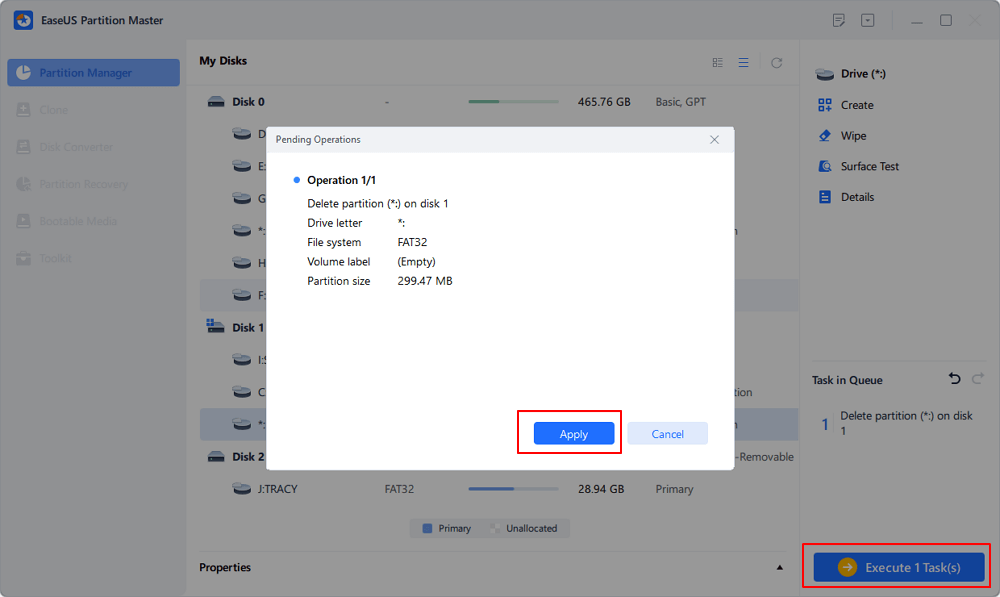


- #How to create efi system partition windows 7 windows 7#
- #How to create efi system partition windows 7 free#
#How to create efi system partition windows 7 windows 7#
Perform A Quick Format Tells Windows 7 to format without checking the partition for errors. You can change the volume label at any time by right-clicking the volume in Windows Explorer, choosing Properties, and typing a new value in the Label field provided on the General tab. This label is the partition’s volume name and by default is set to New Volume. Volume Label Sets a text label for the partition. With these settings, small files use less disk space. If you use many small files, you might want to use a smaller cluster size, such as 512 or 1,024 bytes. To override this feature, you can set the allocation unit size to a specific value. The default allocation unit size is based on the size of the volume and, by default, is set dynamically prior to formatting. This is the basic unit in which disk space is allocated. You can’t, however, convert NTFS partitions to FAT or FAT32.Īllocation Unit Size Sets the cluster size for the file system. If you create a file system as FAT or FAT32, you can later convert it to NTFS by using the Convert utility. NTFS is selected by default in most cases.

If you want to format the volume, choose Format This Volume With The Following Settings, and then configure the following options:įile System Sets the file system type as FAT, FAT32, or NTFS.
#How to create efi system partition windows 7 free#
In Disk Management’s Graphical view, right-click an unallocated or free area, and then click New Simple Volume.Open the Disk Management console by typing diskmgmt.msc at an elevated command prompt.Here’s an easy way to create a new partition on your disk. The Windows 7 Disk Management tool provides a simple interface for managing partitions and volumes.


 0 kommentar(er)
0 kommentar(er)
